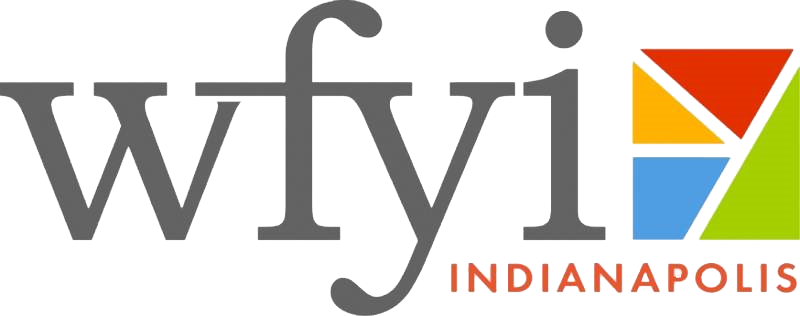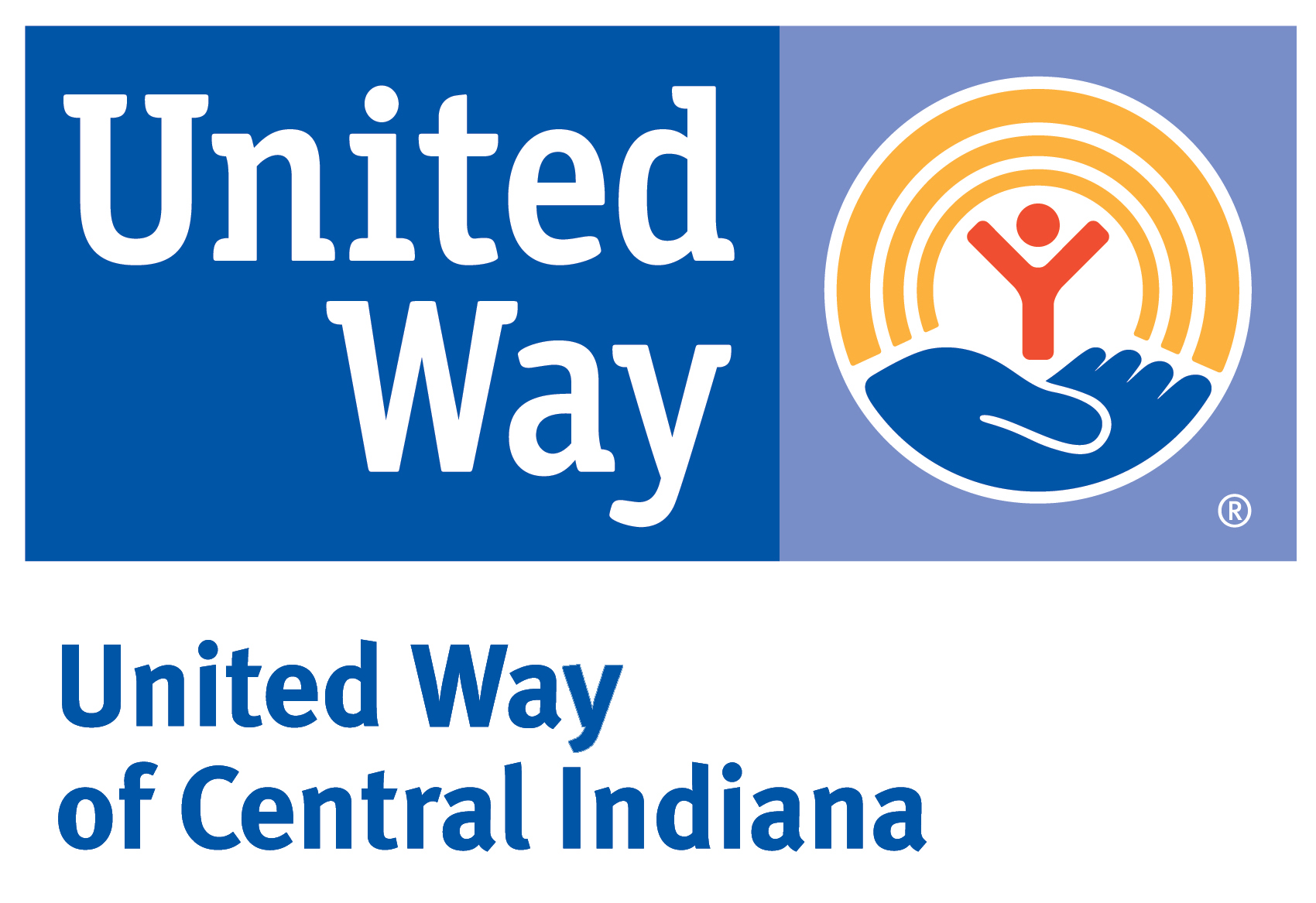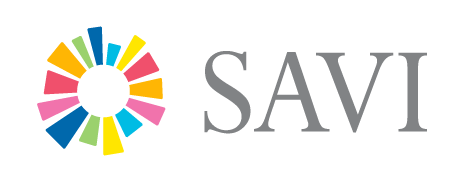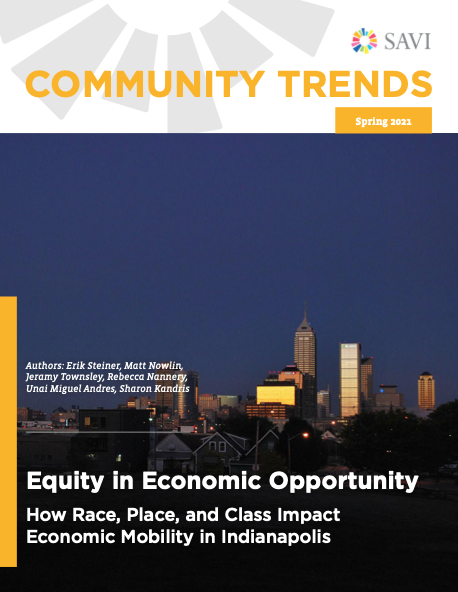Equity in Economic Opportunity
SAVI Talks - March 25, 2021Building on research by Harvard’s Raj Chetty and his team, we are developing new insights and highlighting findings about opportunity in Indianapolis neighborhoods. The average child born into a high-income family in Indianapolis earned $50,000 in household income when they were about 35. Children born to low-income families grew up to earn $27,000.
- Indianapolis’ level of opportunity for low-income children is lower than all but two of the largest U.S. cities. Only Atlanta and Charlotte have worse outcomes than Indianapolis.
- The average Black child born in Indianapolis earns $9,000 less than the average White child. There is a spatial disparity too: In many neighborhoods, children who grew up there earn less than $20,000 per year. In other neighborhoods, children born at the same income level grow up to earn $35,000 or more.
- Neighborhoods that are segregated clearly have lower opportunity outcomes for children. People born into Redlined neighborhoods have less economic opportunity, even when controlling for their parents’ income.
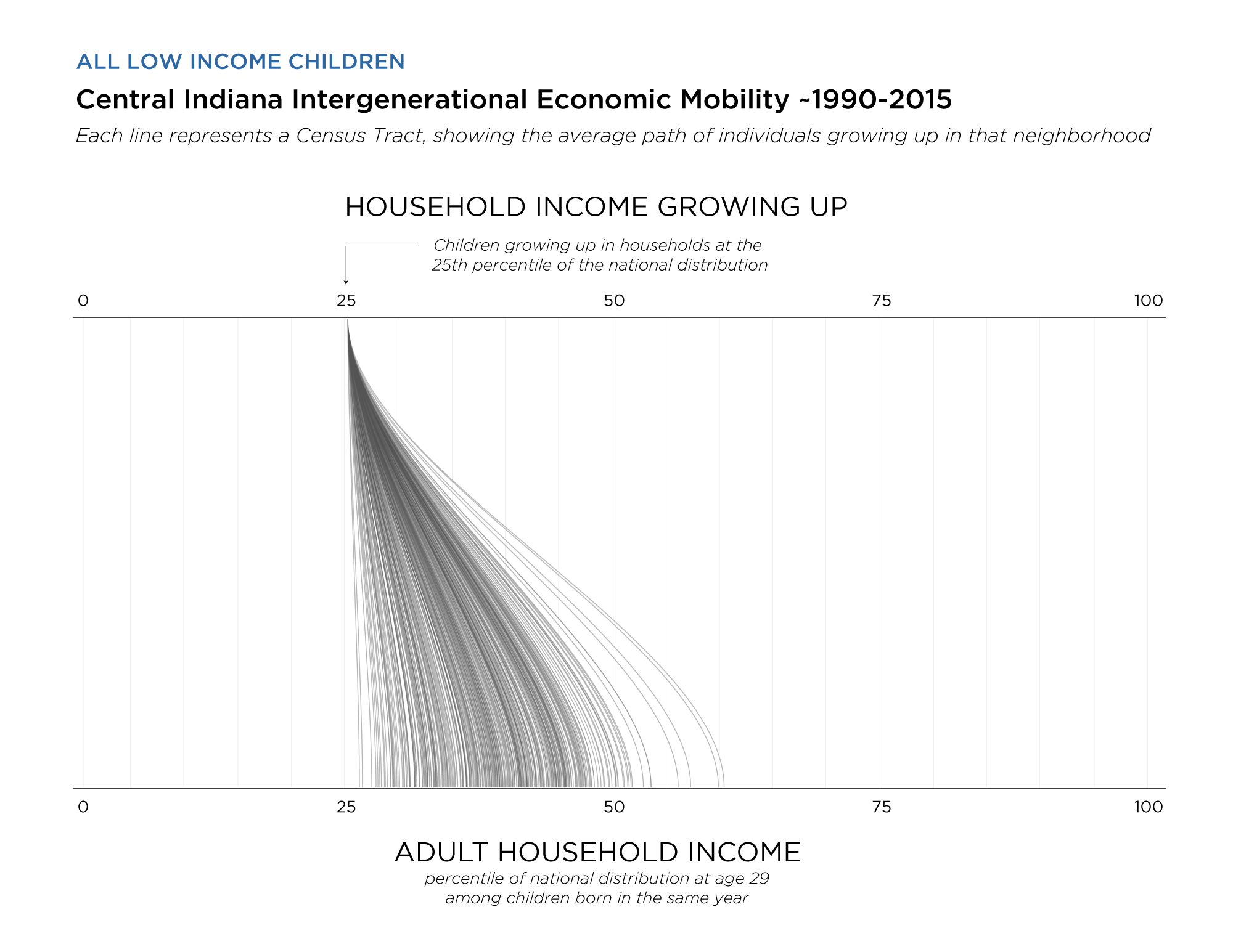
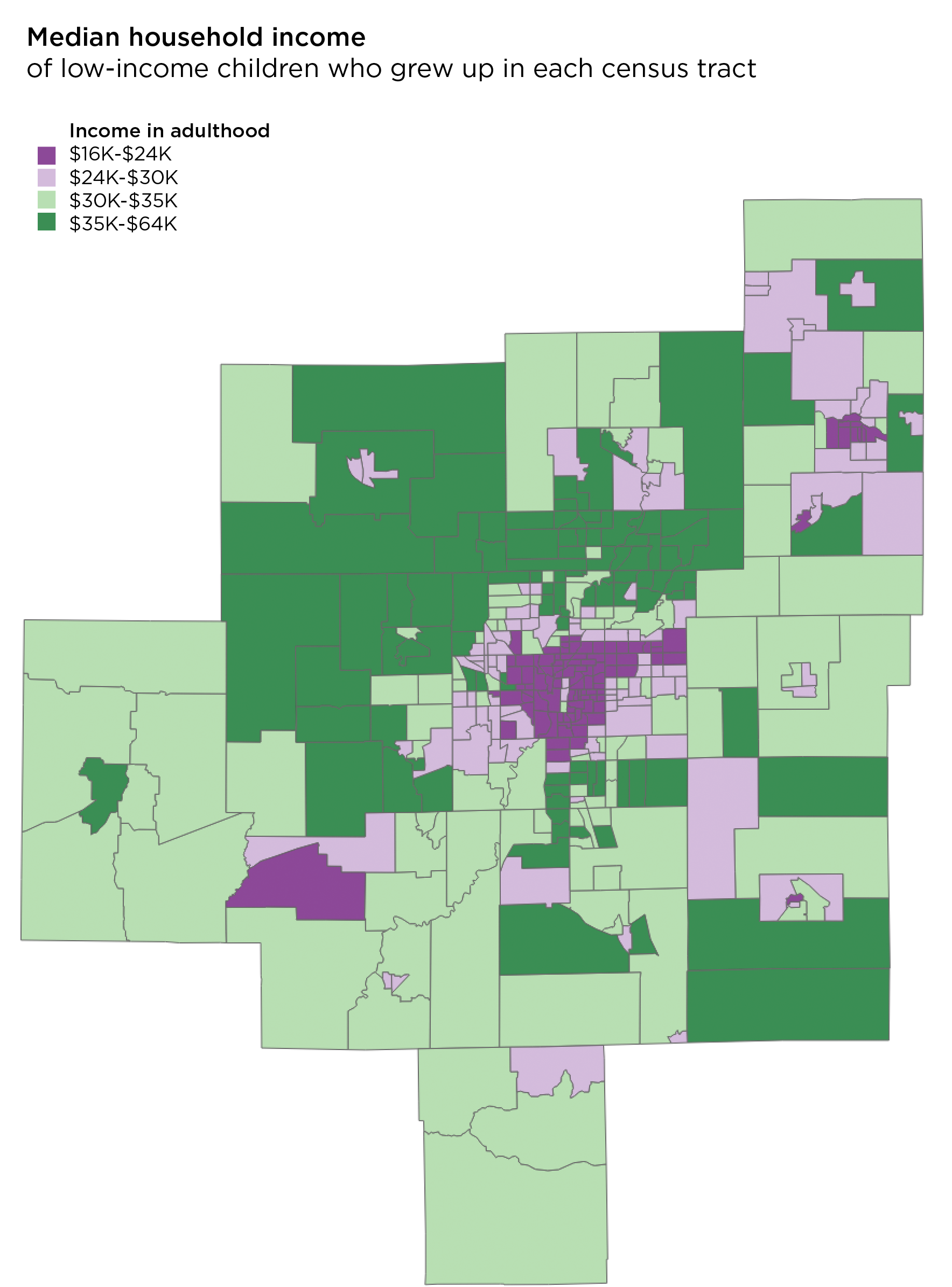
Articles and Story Maps
Explore other research and interactive content we have developed around equity.
Binford Redevelopment and Growth, Inc. (BRAG)
The Local Initiatives Support Corporation (LISC) Sustainable Communities Initiatives supports community-driven efforts to revitalize neighborhoods through comprehensive community development. In 2006, Indianapolis launched the Great Indy Neighborhoods Initiative...
Births to Mothers Age 15 to 18
The U.S. Center for Disease Control and Prevention released birth statistics in April 2010 that show a decrease in 2008 of teenage births in the United States after increasing in 2006 and 2007. The U.S. teen birth rate dropped almost two percent between 2007 and...
Using SAVI Home Mortgage Data to Understand the Indianapolis Housing Market
Affordable housing is an issue that concerns everyone. Central Indiana has not experienced the housing boom that affects other regions, especially in coastal areas, but costs are rising here as well. How affordable is housing for residents of the Indianapolis MSA?...
Obesity and Environment in Indianapolis: An Analysis of Neighborhood Indicators
Obesity is presently one of the most serious and challenging health problems facing the developed world. According to the World Health Organization, 55 percent of U.S. adults are overweight with minority women being the most affected. What is causing the dramatic and...
Demographics: Population Change 1990 – 2000
The Indianapolis metropolitan area is one of the fastest growing in the nation. The largest metropolitan area in Indiana, it is the 34th largest metropolitan area in the nation. (Metropolitan areas are combinations of counties with a large central city that is the hub...
Authors
Sharon Kandris
Associate Director,
The Polis Center
Jay Colbert,
Data Manager,
The Polis Center
Jeramy Townsley,
Visiting Research Analyst,
The Polis Center
Matt Nowlin,
Research Analyst,
The Polis Center
SAVI Talks Panelists
Patrice Duckett
Exec. Director
Fay Biccard Glick Crooked Creek Neighborhood Center
Amy Nelson
Exec. Director
Fair Housing Center of Central Indiana
Pamela Ross
VP of Opportunity, Equity & Inclusion
Central Indiana Community Foundation
SAVI Talks Moderator
Jill Sheridan
Health & Science Reporter
Indiana Public Broadcasting, WFYI
Event Partners
